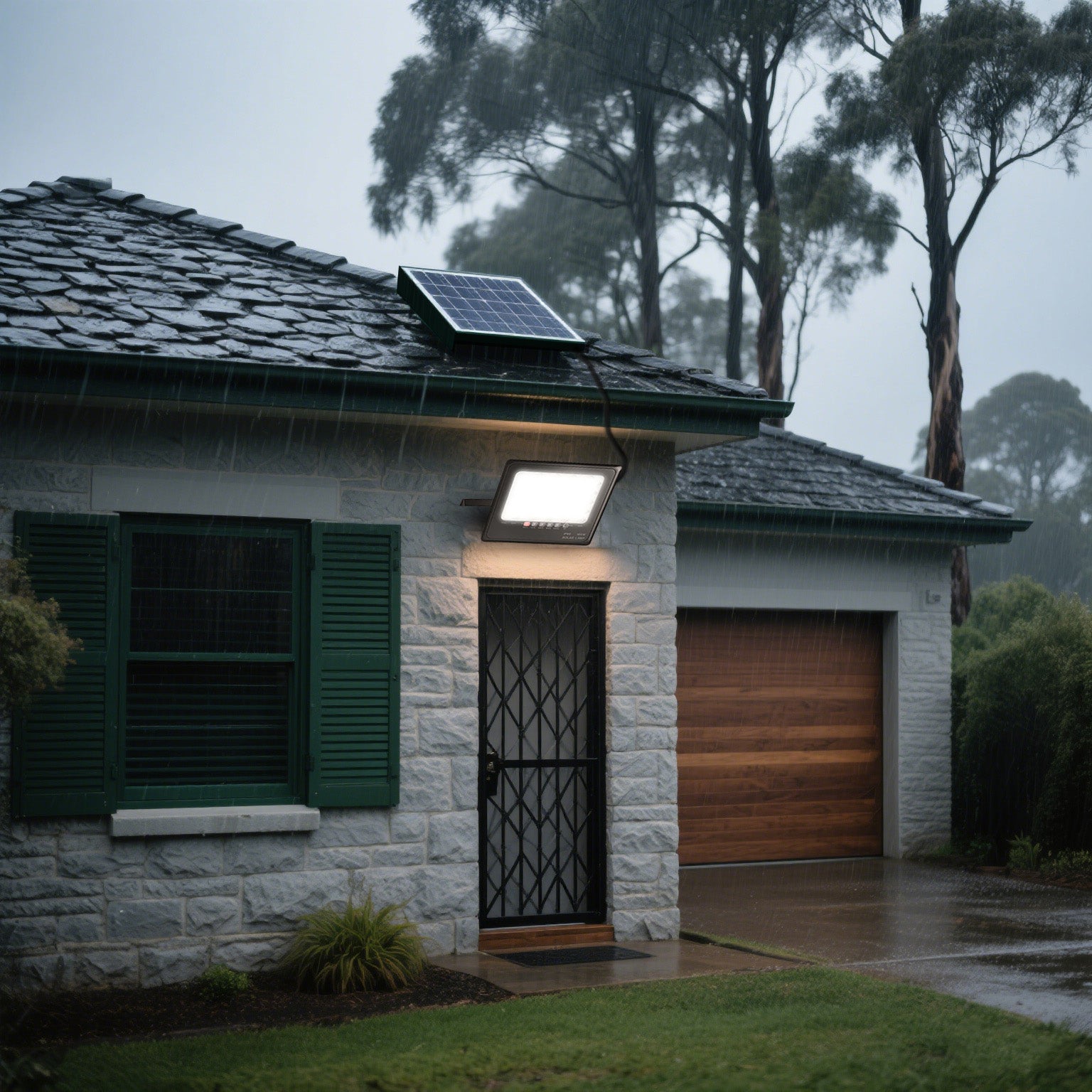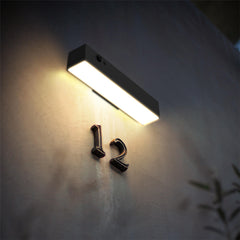When you think about outdoor lighting, one of the most popular and effective solutions is the floodlight. These high-powered lights are designed to illuminate wide areas such as gardens, driveways, warehouses, sports fields, and building exteriors. But if you’re considering adding floodlights to your home or business, it’s natural to wonder: how much electricity does a floodlight use?
At Outway, we specialise in supplying LED floodlights that provide excellent brightness while keeping energy bills low. Unlike older halogen floodlights, LED technology delivers superior efficiency, longer lifespan, and significant cost savings. In this article, we’ll explore exactly how much energy LED floodlights use, what that means for your electricity bill, and why they are the smarter choice for modern outdoor lighting.
Understanding Floodlight Power Consumption
To understand how much electricity a floodlight uses, it helps to look at the basics of power consumption. Floodlight usage is measured in watts (W), which indicates how much energy the fixture consumes per hour. Electricity providers then charge based on kilowatt-hours (kWh), where 1 kWh equals 1,000 watts used for one hour.
Here’s the simple formula you can use:
Energy Consumption (kWh) = Floodlight Wattage (W) × Hours of Use ÷ 1000
For example, running a 50W LED floodlight for 10 hours consumes:
50 × 10 ÷ 1000 = 0.5 kWh
If your electricity rate is $0.30 per kWh, that’s only 15 cents for 10 hours of use.
This calculation makes it easy to estimate the ongoing cost of any floodlight, whether you’re lighting up your driveway at night or powering an entire commercial facility.

Why LED Floodlights Are the Standard?
While halogen floodlights once dominated the market, they are now considered outdated due to their high electricity use and poor efficiency. LED floodlights are the modern standard because they deliver strong illumination without the heavy energy demands.
Here’s why:
-
Energy Efficiency: LEDs use up to 80% less power than halogen equivalents, meaning you get the same level of brightness at a fraction of the running cost.
-
Lumens per Watt Advantage: A 50W LED can produce as much light as a 400W halogen, making wattage comparisons misleading if you don’t consider lumens.
-
Long Lifespan: LEDs last up to 50,000 hours, compared to just 2,000 hours for halogen bulbs.
-
Durability: LED floodlights are built to withstand outdoor conditions, from rain to heat, without performance loss.
-
Lower Operating Costs: Because they consume less energy and need fewer replacements, the lifetime savings are substantial.
How Much Electricity Do LED Floodlights Use?
The amount of electricity your LED floodlight uses depends on its wattage and operating hours. Outway offers a range of LED floodlights suitable for different applications—from small garden setups to large-scale commercial use.
Here are some real-world examples of usage and cost:
-
30W LED Floodlight
-
Average use: 6 hours per night
-
Energy consumption: 30 × 6 ÷ 1000 = 0.18 kWh
-
Cost: ~5 cents per night, or about $18 per year
-
50W LED Floodlight
-
Average use: 8 hours per night
-
Energy consumption: 50 × 8 ÷ 1000 = 0.4 kWh
-
Cost: ~12 cents per night, or around $44 per year
-
100W LED Floodlight
-
Average use: 10 hours per night
-
Energy consumption: 100 × 10 ÷ 1000 = 1 kWh
-
Cost: ~30 cents per night, or roughly $110 per year
When you compare this to halogen floodlights, which often draw 400–500W per unit, the difference in annual running costs is dramatic.
LED vs Halogen: The Cost Difference
Many people still associate floodlights with high energy bills because of past experiences with halogen models. But the truth is, LED floodlights have completely reshaped the equation.
For instance:
-
A 400W halogen floodlight used 5 hours a night consumes 2 kWh, costing ~$0.60 per night, or over $220 per year.
-
A 50W LED floodlight, which produces similar brightness, uses just 0.25 kWh for the same period, costing around 7.5 cents per night—less than $30 per year.
That’s nearly a $200 annual saving per light. For businesses or properties running multiple floodlights, the total savings can reach into the thousands.
Factors That Influence Floodlight Energy Use
While wattage and hours of operation are the most obvious factors, a few other details also affect electricity use and cost:
-
Brightness (Lumens): Choose based on lumens, not watts. A high-lumen LED can replace a much higher-wattage halogen.
-
Beam Angle: A wide-angle floodlight covers more area but may require a slightly higher wattage to maintain brightness across the spread.
-
Installation Height: Lights mounted higher often need stronger illumination to cover the same area.
-
Control Systems: Timers, motion sensors, and smart switches help minimise wasted energy by ensuring lights are only on when needed.
-
Location and Usage Purpose: Security lights that run all night will naturally use more power than decorative lights that run for only a few hours.
By considering these factors when selecting your floodlights, you can tailor your setup to maximise efficiency.

What About Solar Floodlights?
While this article focuses on LED floodlights powered by mains electricity, it’s worth noting that Outway also offers solar powered floodlights for those who want to eliminate running costs completely.
Solar floodlights charge during the day and run at night without using electricity from the grid. They’re ideal for remote areas, eco-conscious homeowners, or anyone looking to cut their carbon footprint further.
Final Thoughts
So, how much electricity does a floodlight use? With halogen technology, the answer used to be “a lot.” But with modern LED floodlights, the electricity consumption is remarkably low—up to 80% less than traditional alternatives—making them the clear choice for both households and businesses.
If you want outdoor lighting that combines powerful illumination with minimal running costs, browse Outway’s full range of LED floodlights today. And for the ultimate in energy conservation, consider our solar-powered floodlights as an alternative.
With Outway, you don’t have to choose between brightness and efficiency—you can have both.



